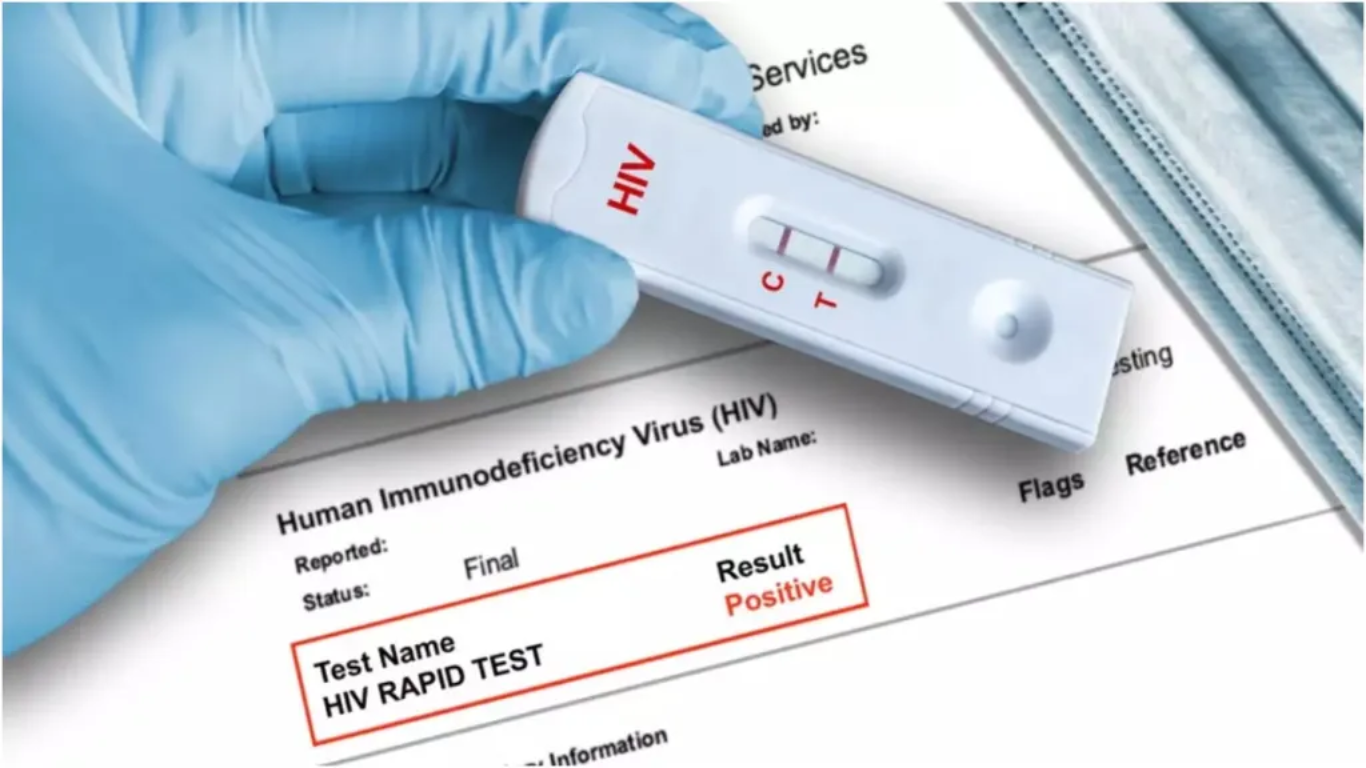Tripura is waken up from slumber after an alarming report that 828 students are HIV positive among them 47 died due to the disease. The afore-said tragic statistics have also received affirmation from a high-ranking Tripura State AIDS Control Society (TSACS) official.
The Current Situation
“We have so far registered 828 students who are HIV positive. Out of them, 572 students are still alive, and we have lost 47 people due to the dreaded infection. Many of the students have migrated out of Tripura for higher studies in coveted institutions across the country,” a senior official from TSACS disclosed.
Identified Causes
The TSACS has identified a significant number of students from various educational institutions who are engaging in injectable drug use. “So far, 220 schools and 24 colleges and universities have been identified where students are found to be addicted to intravenous drug abuse. We have collected data from a total of 164 health facilities across the state. Reports are collected from almost all the blocks and subdivisions before making this presentation,” stated the Joint Director of TSACS.
The official further explained that many of the affected students come from affluent families, where both parents are often in government service. These families tend to fulfill their children’s demands without realizing the dangerous path they are on until it is too late.
Needle Sharing: A Primary Mode of HIV Transmission
To date, HIV/AIDS is still a worldwide concern, particularly associated with the drug abuse by the administration of substances intravenously. One of the most common routes by which HIV is transmitted to other people is through re-use of needles, through blood/blood contact. In many regions, such behavior is a major cause of the new HIV infections in settings that exist in the society today.
Unsafe injection, injection with used needles, and stigmatization of persons who use drugs are connected with this linkage. Use of the same needles, syringes or other instruments of injection makes the spread of HIV transmission highly probable because the virus is capable of surviving in the blood outside the body.
Also read: Tripura: 47 Students Die From HIV, 828 Test Positive
Some measures to control this problem are prevention tactics, an example is the use of needles that are disinfected for the purposes of reducing the risk of diseases. These programs also include counseling, testing for the substance dependency, and referral to treatment services geared towards reducing HIV transmission; and for treatment of substance use disorders.
However, there are issues that have not been resolved, such as prejudice concerning drug users, legal restrictions of harm reduction activities, as well as the social and economic nature of drug abuse. Recognizing some of the key factors involving HIV in intravenous drug use is a multi-faceted approach across the public health, social and community domains to reduce risks of this disease while helping such affected persons..
Antiretroviral Therapy (ART)
As of May 2024, 8,729 people have been registered in the Antiretroviral Therapy (ART) centers in Tripura. The total number of people living with HIV is 5,674, comprising 4,570 males, 1,103 females, and one transgender individual.
Antiretroviral therapy of HIV/AIDS is composed of a set of drugs that a patient requires to take to reduce the rate of replication of the virus in the body. For example, ART controls viral replication and thus supports a low level of HIV in the blood, known as viral load, and preserves certain immune functions of the body and thus does not allow the development of AIDS. However, contrary to what is obtainable with other viral infections, ART does not eradicated HIV but manages it, thereby extending the life span and quality of those living with HIV. ART is taken orally and as prescribed need to be taken daily to enhance its effectiveness and prevent the virus from establishing resistance. Further studies are expected to enhance the ART regimens so as to enroll a better result and fewer side effects.






















